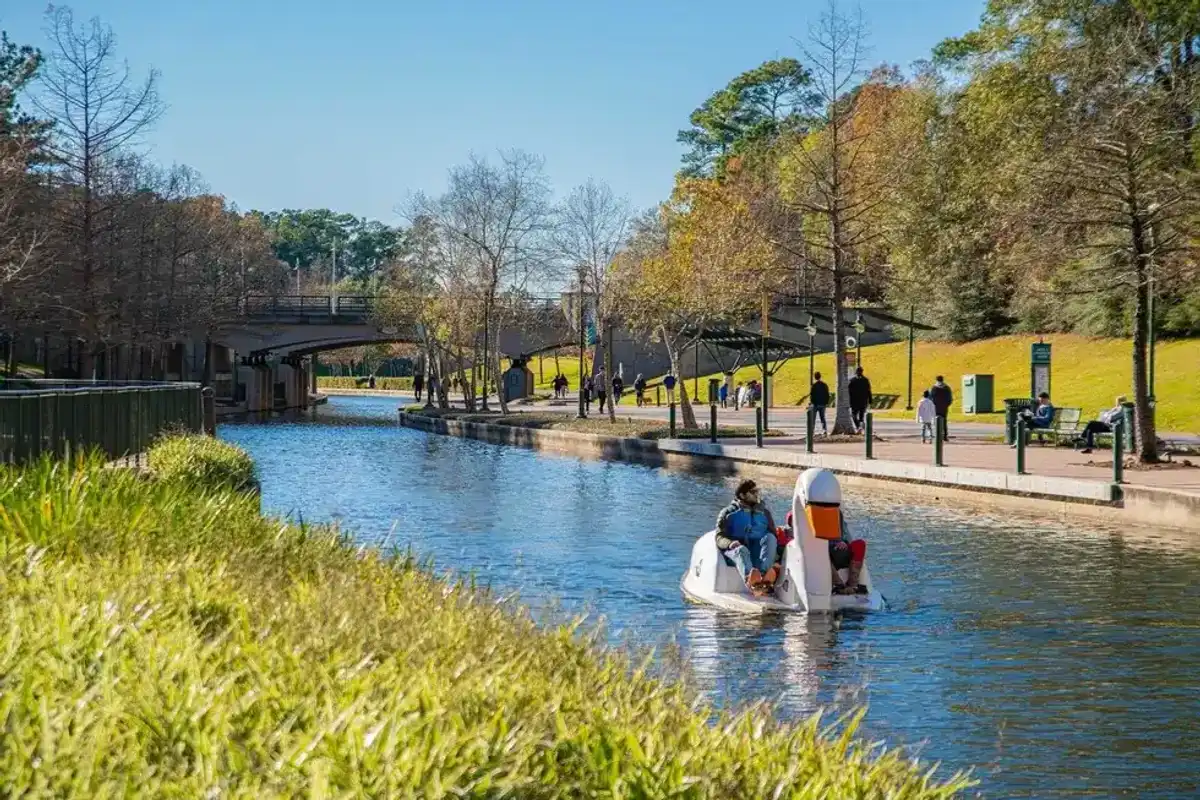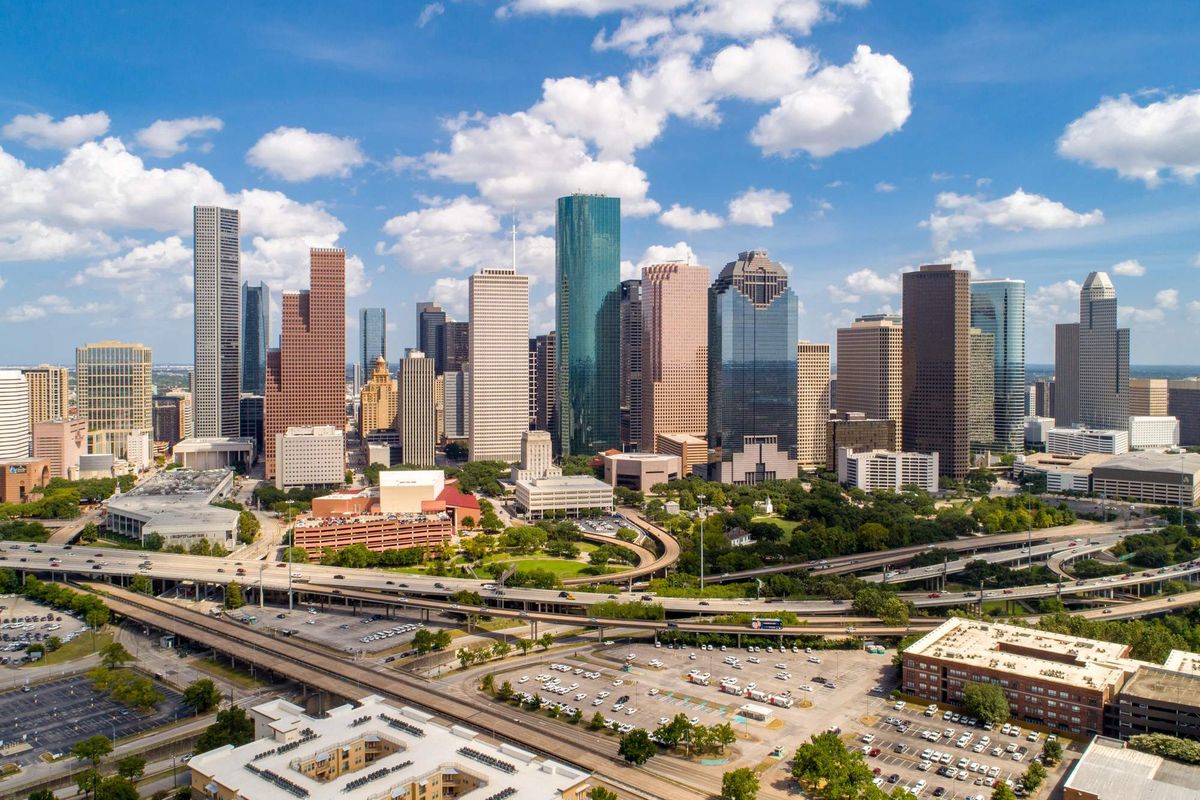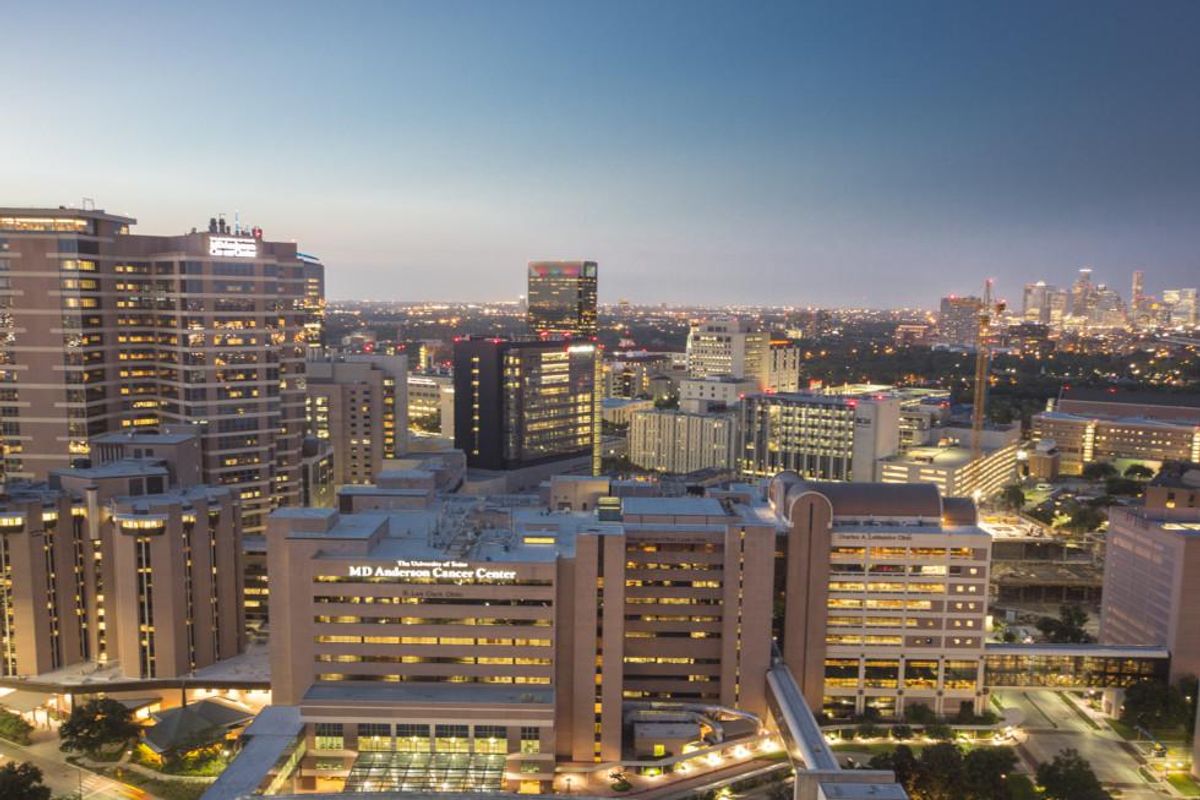2 Houston suburbs rank among top 10 US cities for population growth in 2023
by the numbers
Two burgeoning Houston suburbs – Atascocita and Conroe – are among the top 10 U.S. cities that have experienced the biggest population booms nationwide from 2022 to 2023.
A new population growth analysis by SmartAsset examined U.S. Census population estimates for 2023, 2022, and 2018 to determine one-year and five-year population changes for 610 U.S. cities with populations of at least 65,000 residents in 2023 (where the most recent data was available).
Silver Spring, Maryland had the No. 1 biggest population boom from 2022 to 2023, SmartAsset found. The Washington, D.C. suburb grew 12.86 percent year-over-year, bringing the city's total population from 75,313 to 84,996 residents in 2023.
Atascocita trailed close behind with a 11.03 percent increase in population from 2022 to 2023, which landed it the No. 5 spot in the one-year population change analysis. The city gained 11,876 new residents in that time, adding up to a total population of 119,502 residents in 2023.
This should come as no surprise to those who already live in Atascocita, who may know their hometown was ranked one of the most livable small cities in America in 2022, and earned a top-30 spot in a recent ranking of best U.S. suburbs for house renters in 2024.
According to SmartAsset's five-year population comparison, Atascocita had the second highest growth rate in the country, at 38.56 percent. There were only 86,243 residents living in the far-flung Houston suburb in 2018, showing an increase of 33,259 residents within the five-year period.
The report also examined the changes within Atascocita's working-age population:
- Number of working-age residents in 2022 – 54,095
- Number of working-age residents in 2023 – 58,297
- Percent of population of working age in 2022 – 50.26 percent
- Percent of population of working age in 2023 – 48.78 percent
- One-year change in the number of working-age residents from 2022 to 2023 – 7.77 percent increase
The report suggested major population shifts in communities like Atascocita and Conroe can result in "a variety of interwoven economic and social impacts."
"The magnitude of the population change can affect demand for businesses and services, which in turn may impact costs – or even the availability of such amenities," the report's author wrote. "Similarly, the relative age of the population can determine the strength or weakness of the local job market, as well as have an impact on local culture, economic trajectory, tax base and more."
Fast-growing cities elsewhere in Texas
Texas cities dominated the top 10 list of cities where population grew the most from 2022 to 2023.
New Braunfels, a San Antonio suburb, ranked No. 2 nationally with an 12.49 percent one-year population boom, and a 29.68 percent growth rate from 2018 to 2023. The city gained 12,318 new residents in that time, adding up to a total population of 110,961 residents in 2023.
The North Austin suburb of Georgetown (No. 4) ranked one spot above Atascocita with an 11.34 percent one-year population boom, and a 29.85 percent growth rate from 2018 to 2023.
The top 10 U.S. cities where population grew the most from 2022 to 2023 are:
- No. 1 – Silver Spring, Maryland
- No. 2 – New Braunfels, Texas
- No. 3 – Glen Burnie, Maryland
- No. 4 – Georgetown, Texas
- No. 5 – Atascocita, Texas
- No. 6 – Pine Hills, Florida
- No. 7 – Elgin, Illinois
- No. 8 – Lehi, Utah
- No. 9 – Conroe, Texas
- No. 10 – Dale City, Virginia
------
This article originally ran on CultureMap.





